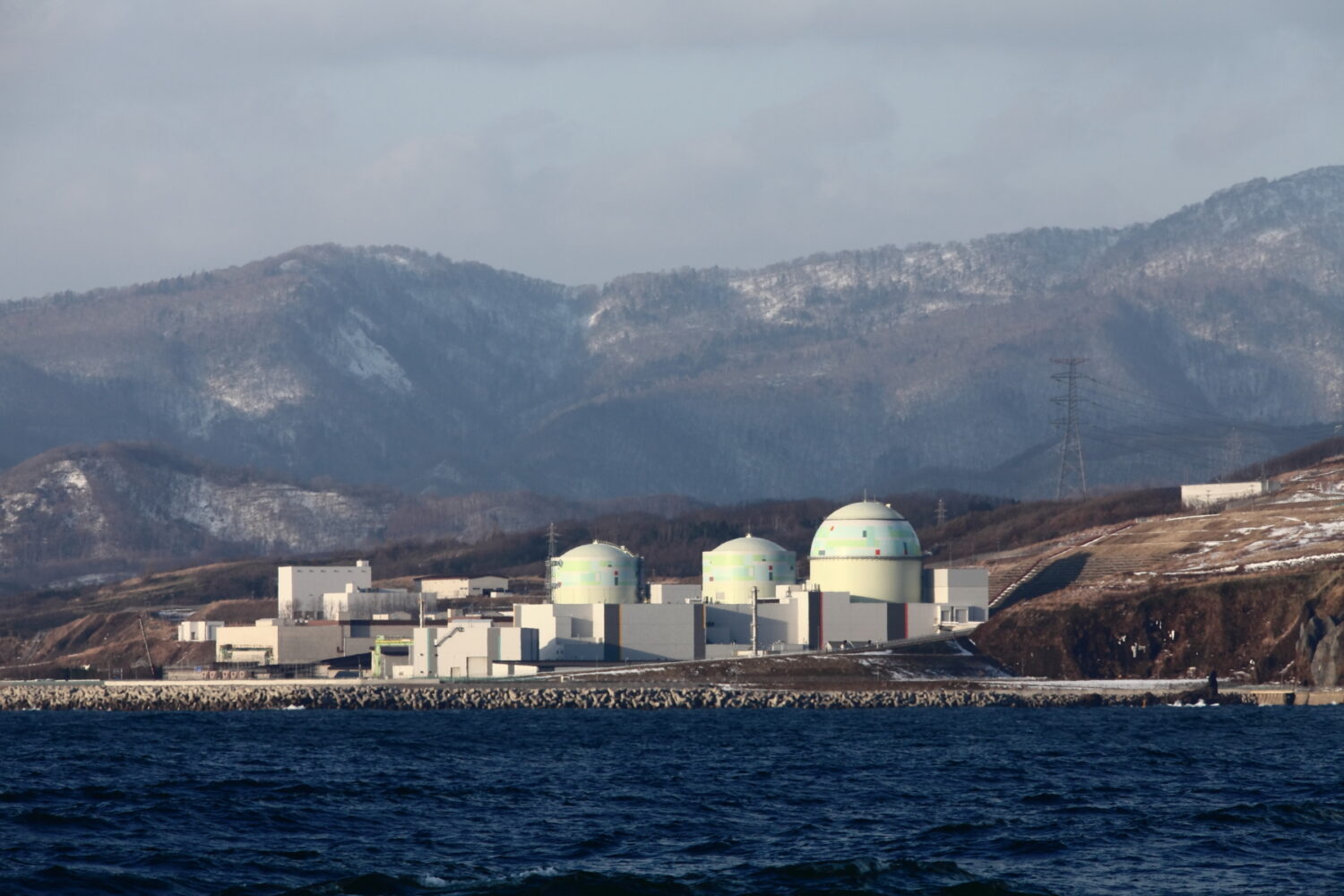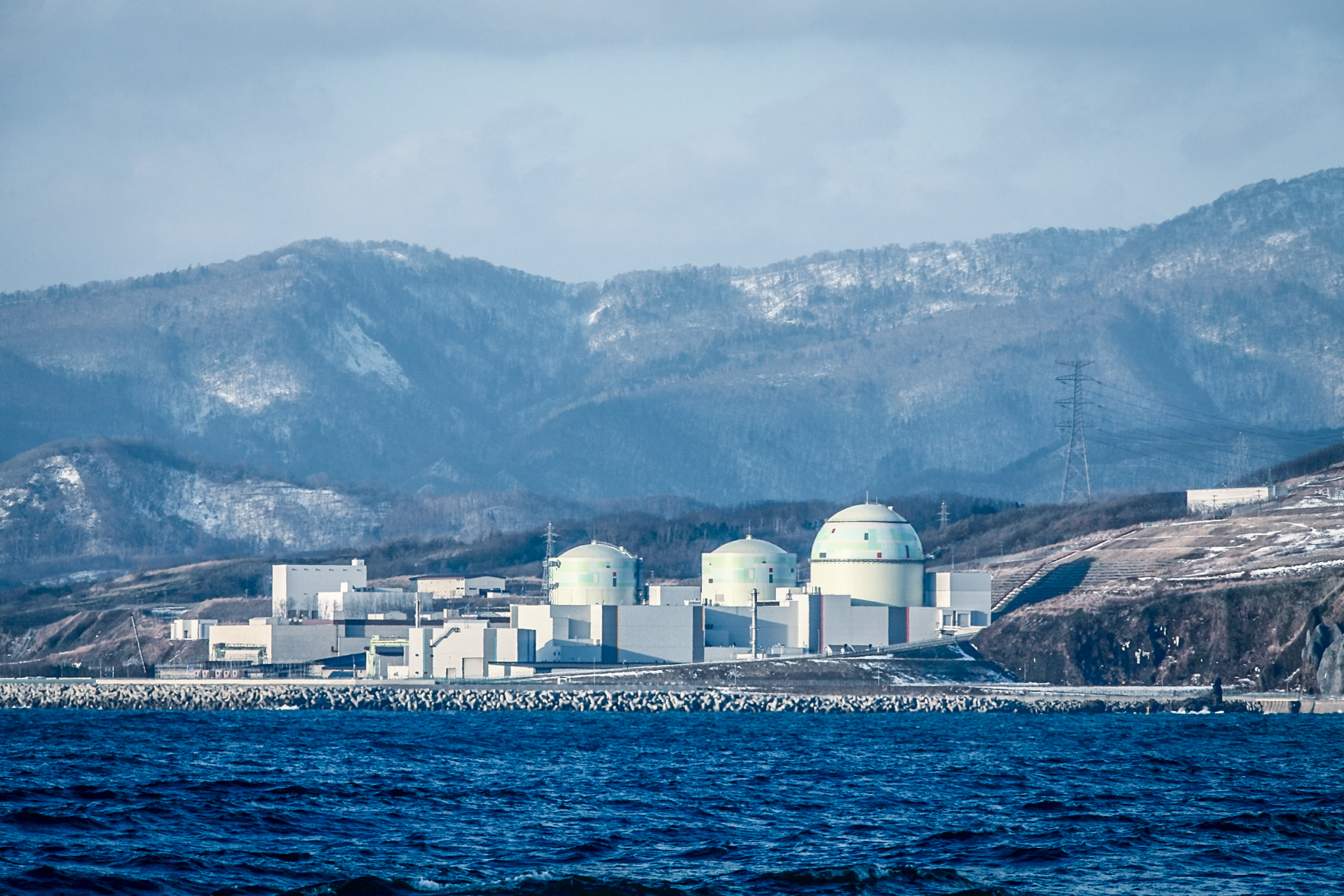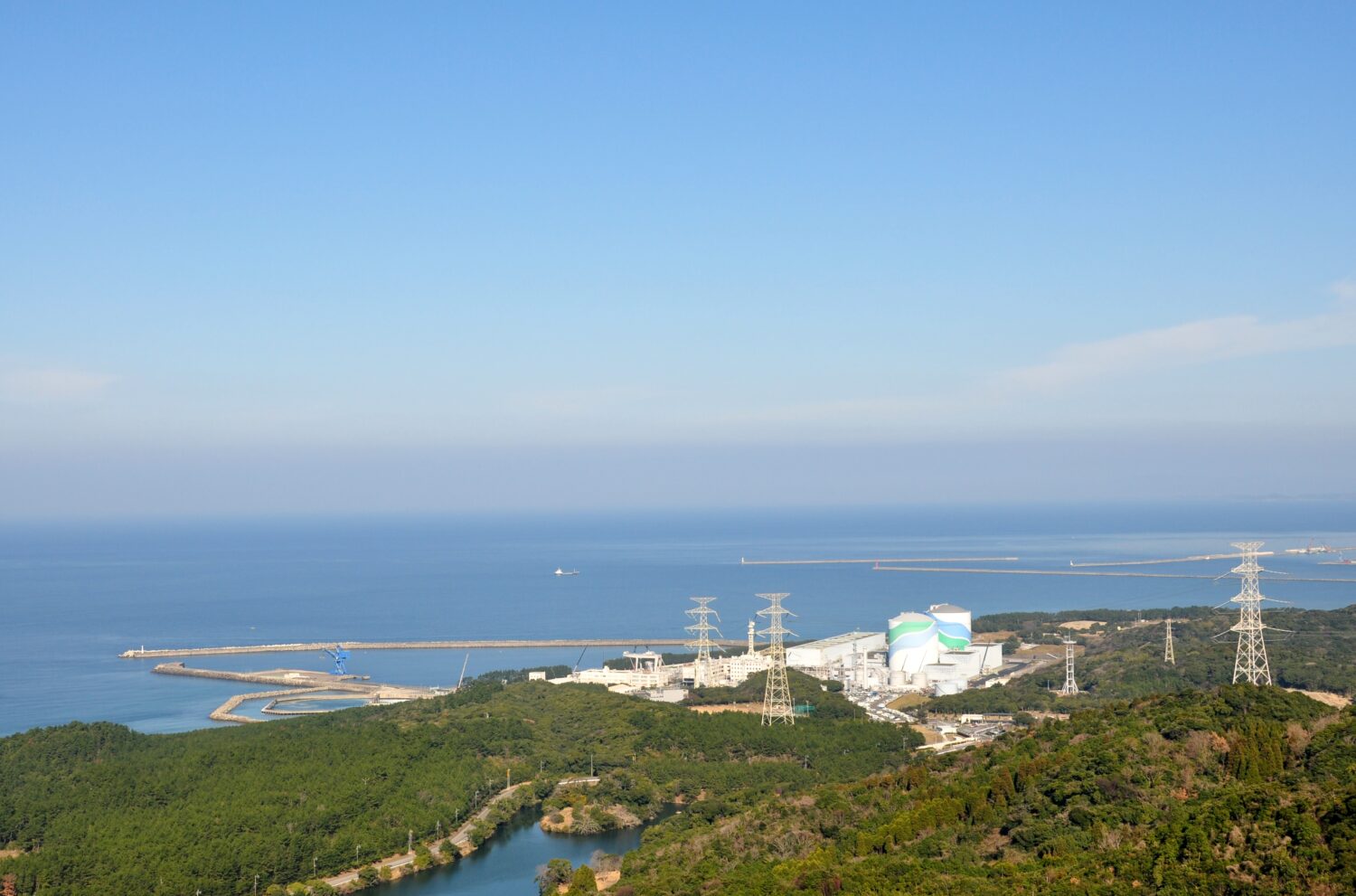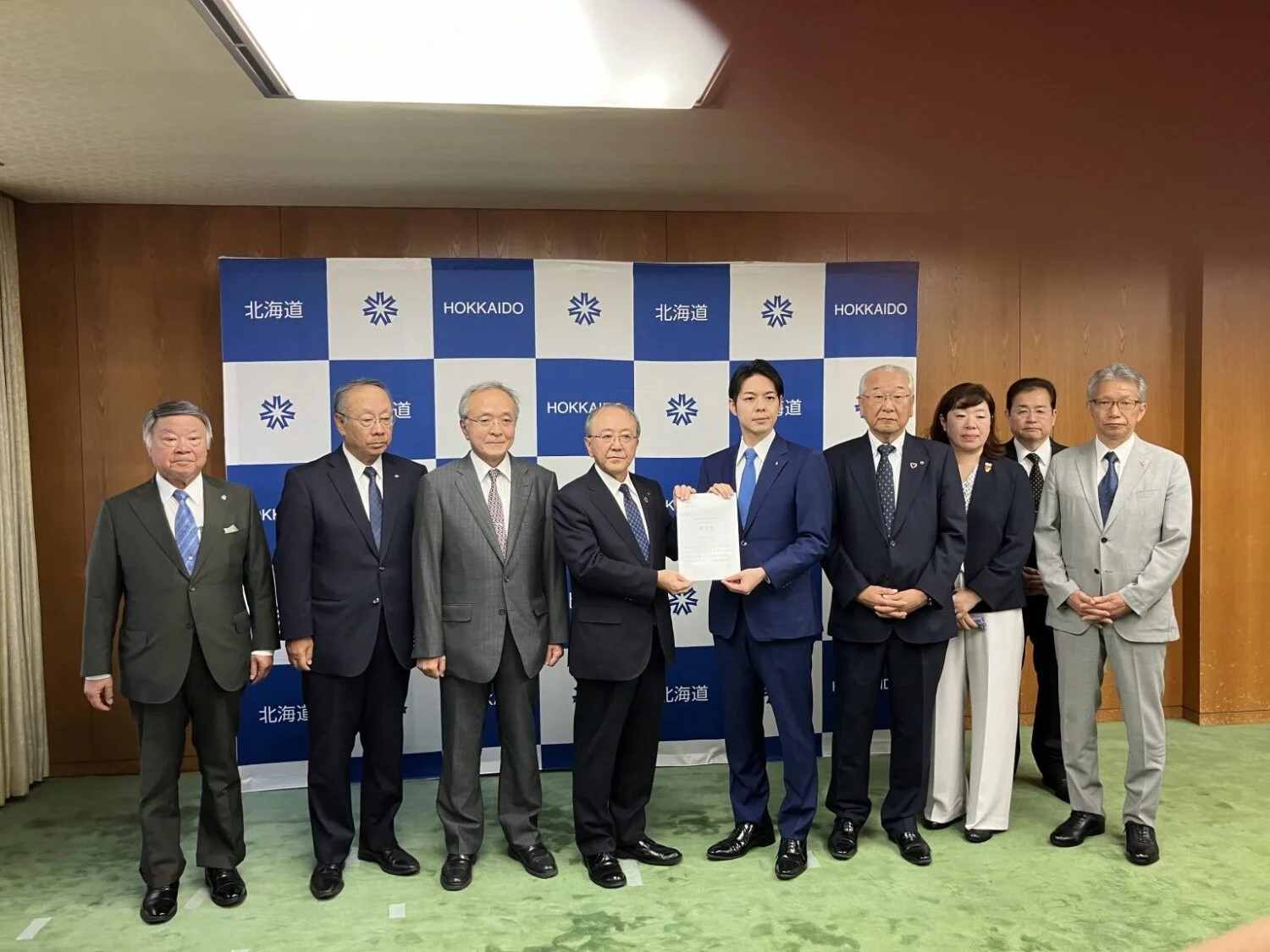After the tsunami-caused accident at the Fukushima Daiichi NPPs in March 2011, the full-year nationwide capacity factor hit zero in 2014, owing to the across-the-board suspension of NPP operation. Thanks to the gradual restart of those suspended plants, the capacity factor figure was able to recover to the level of 20 percent recorded in 2019.
Although no further NPPs were restarted last year, the total generated electricity in Japan actually increased 33.1 percent from the previous year, on account of the suspension of operations at several plants stemming from court decisions.
In September 2019, operations officially ceased at the Fukushima Daini-1 to -4 NPPs, owned by the Tokyo Electric Power Co. (TEPCO). Five months earlier, in April, operations also ended at the Genkai-2 NPP, owned by the Kyushu Electric Power Co. (Kansai-EP). Those closings brought the total number of NPPs in Japan to thirty-three, with a generating capacity of 33,083MW.
Last year as well, the Takahama-3 NPP, owned and operated by Kansai-EP, was in operation for the full year, recording a capacity factor of 105.2 percent.



-049.jpg)
.jpg)







